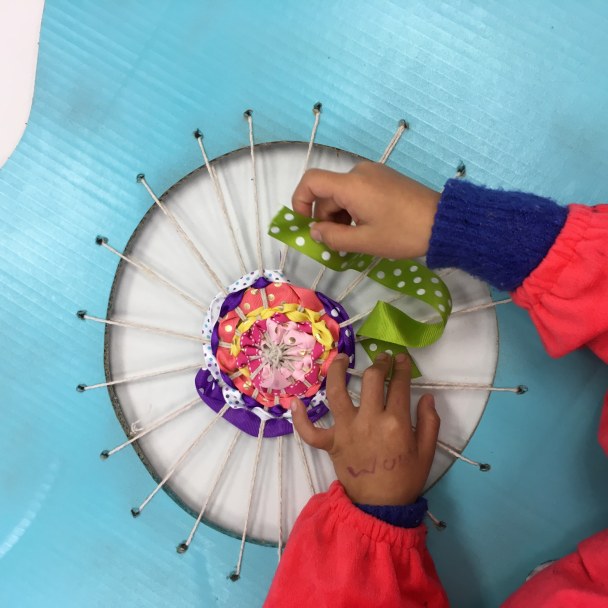 19 Nov 2019
19 Nov 2019Visual processing weakness is one of the roadblocks to learning. Visual processing skills refer to the ability to interpret, analyse, and give meaning to what is seen. The sub skills are:
Visual Discrimination: Ability to distinguish between shapes whether letters, word patterns or objects. It is the ability to see similarities and differences. This skill helps children distinguish between similarly spelled words, such as was/saw, then/when, on/one, or run/ran.
Visual Memory: Ability to remember the details the eye has seen. Children with poor visual memory may struggle with comprehension. They may have difficulty remembering what a word looks like or fail to recognize the same word on another page.
Visual Closure: Ability to recognize the whole object/ word, when only a part is seen. This skill helps children recognize inferences and predict outcomes. Children with poor visual closure may have difficulty completing a thought. They may also confuse similar objects or words, especially words with close beginning or endings.
Visual Sequencing: Ability to put things in a correct order as it is seen. This skill is particularly important in spelling. Letter omissions, additions or transpositions within words are common for children who struggle with this skill.
Visual Figure Ground: Ability to sort out specific information from a background of information. Children with poor figure-ground become easily confused with too much print on the page, affecting their concentration and attention. They may also have difficulty scanning text to locate specific information.
Visual Tracking: Ability to track one’s eyes from left to right in an efficient manner so that it enables the task to be completed quickly. Visual Tracking is critical for reading fluency.
Visual Motor Integration: Ability to use our eyes and hands to work together in a smooth, organized and efficient way. It is referred to as eye hand coordination and is required for all pencil-paper tasks.
Students need to have these skills in order to read, write, spell and do math effectively. Deficiencies in these skills are the underlying causes of learning difficulties, which can be identified with specific assessments. The information can then be used to provide targeted intervention to assist learning.
Contact us to find out more about our Visual Training programme.
